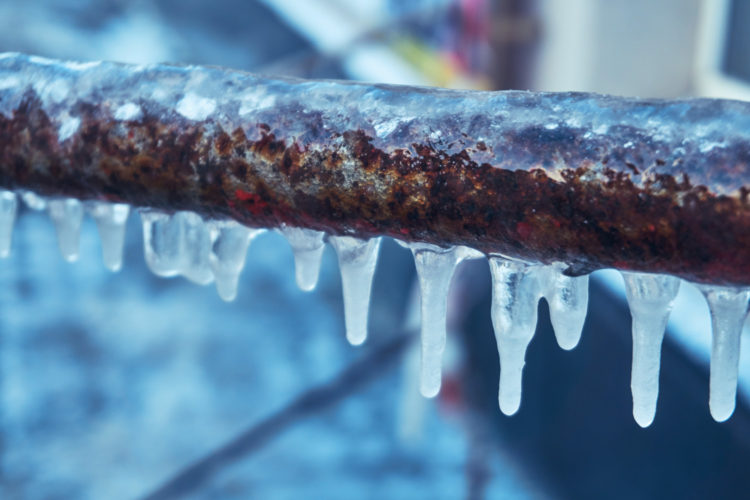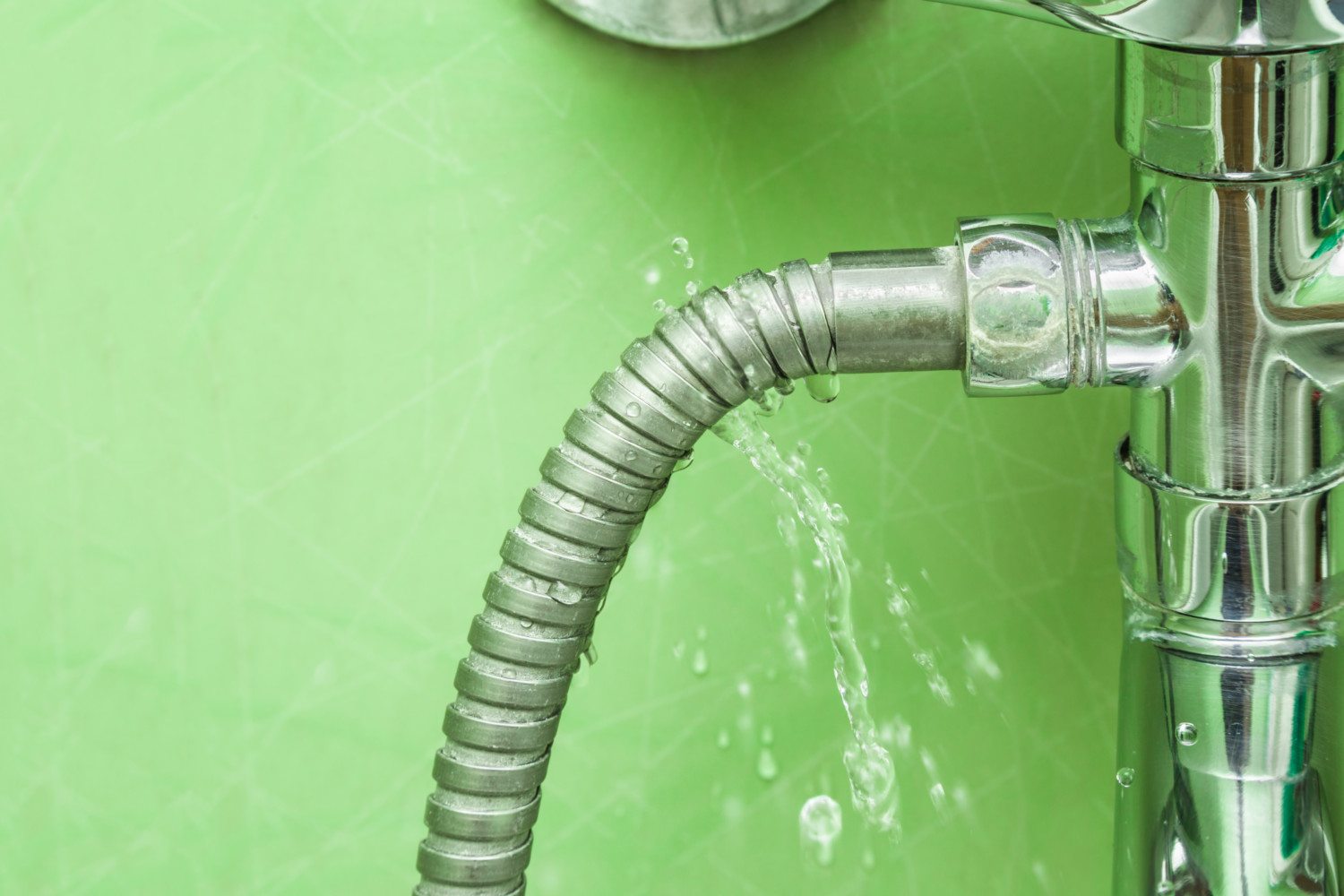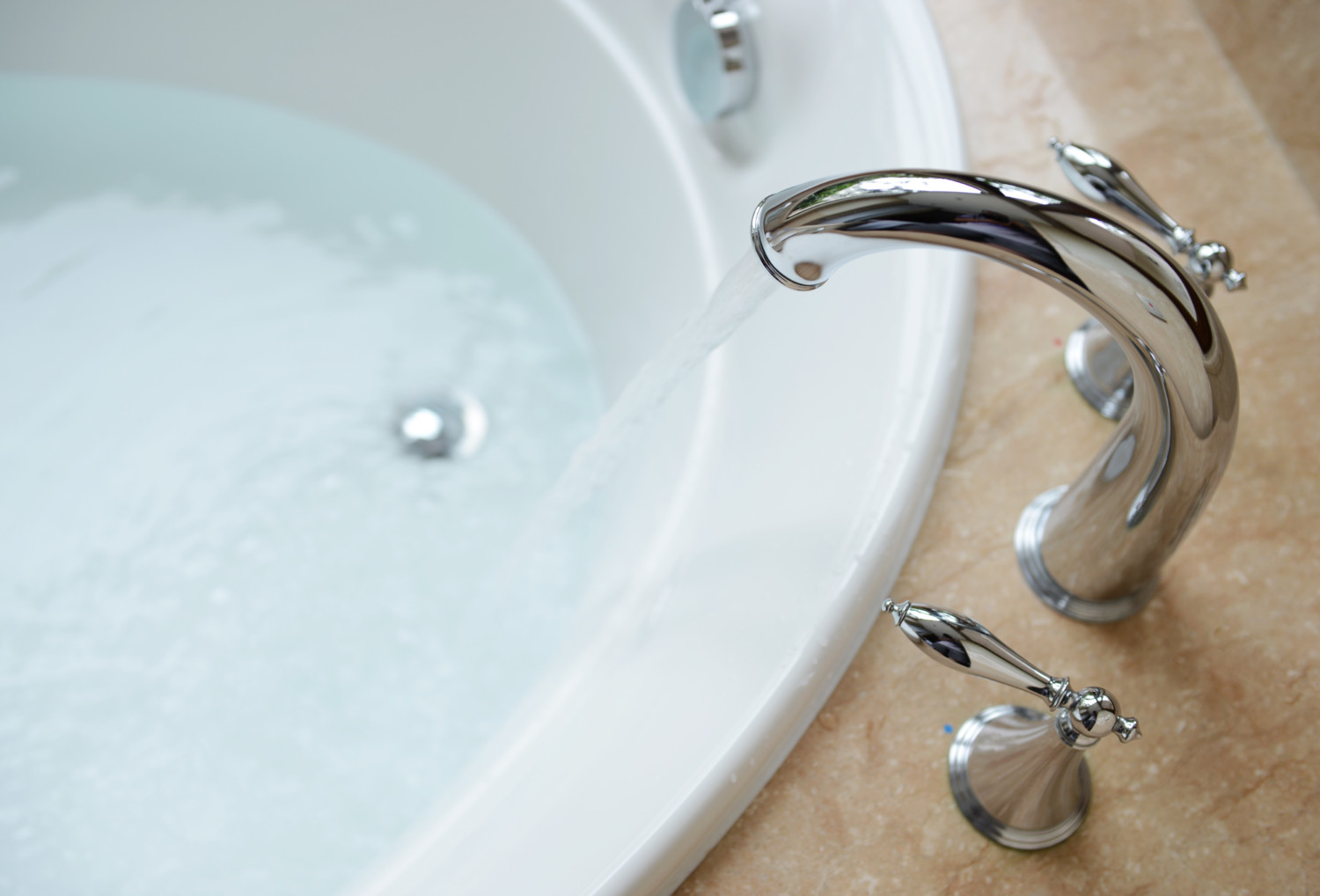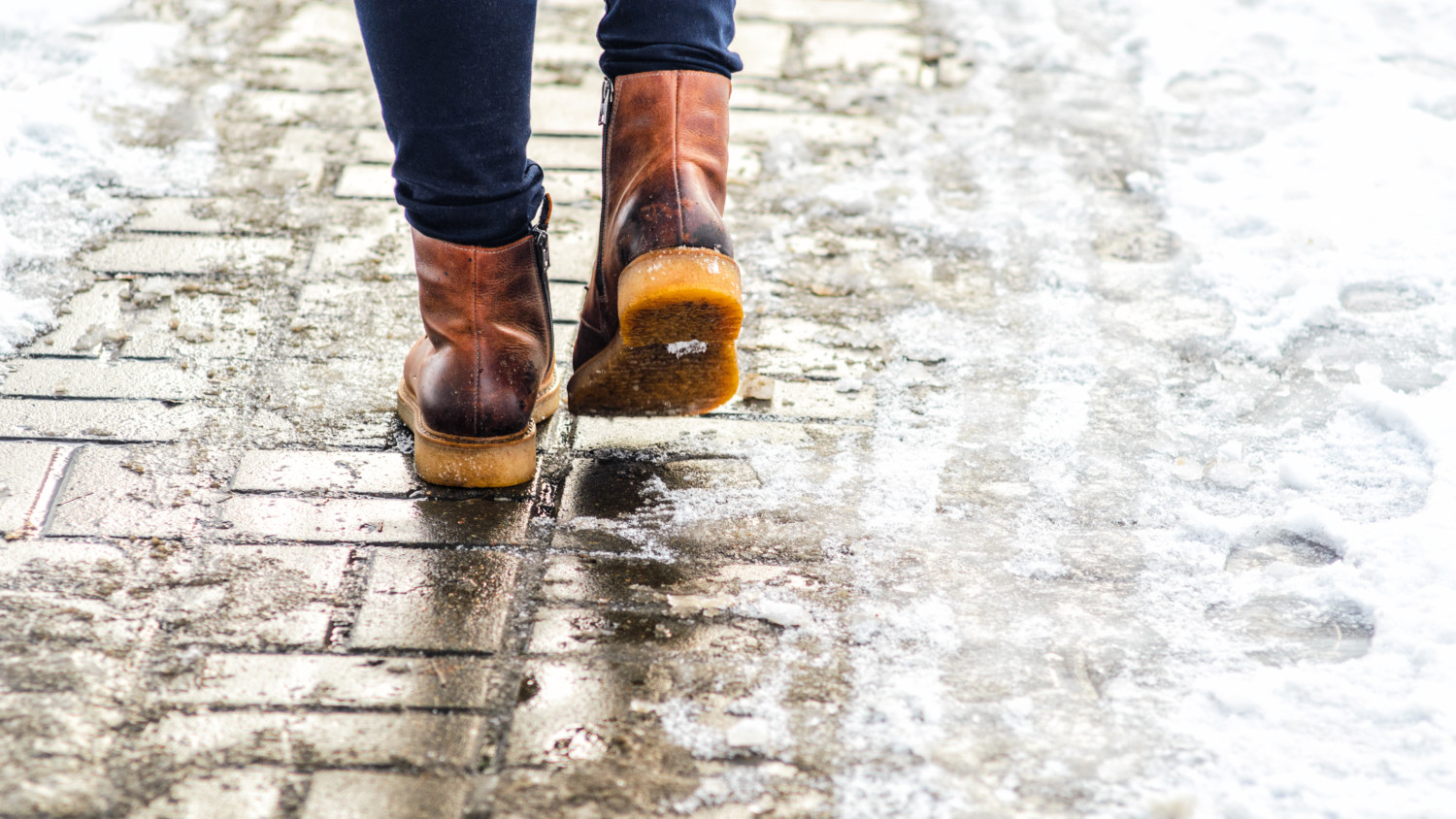Leading up to Christmas, we got an Arctic blast in Colorado that caused temperatures to plunge below zero. My homeowner’s association president sent out some cold weather tips, reminding us to let our faucets drip to prevent any pipes from freezing, among other things
Living in a cold climate, I’ve become accustomed to the drip-faucets drill during cold weather snaps. But is it really a necessary precaution to take in winter?
Drip Faucets, But Follow Local Recommendations
Most experts say yes — especially if you have water pipes that run along exterior walls. The Red Cross explains that when weather is extremely cold, dripping faucets served by exposed pipes keeps them from freezing. This is true even when you’re just allowing a trickle to get through.
Many municipalities across the country recommend that residents drip their faucets when temperatures stay at subfreezing temperatures for several hours at a time. Insurance companies and plumbing companies also swear by the practice.
“Ice expands, so whenever it expands, it has nowhere to go, which can cause a break in the pipe and you typically don’t know about it until things start defrosting. That’s when you have major leaks,” Ben Roddy of BenTek Plumbing told Colorado’s KOAA.
However, you’ll want to check local recommendations and follow advice from governmental bodies. There may be issues specific to your region that require different actions. For example, officials in Houston regularly ask residents to refrain because dripping faucets can cause the city’s unique water system to lose pressure, hindering firefighting efforts and leading to advisories to boil water.

How To Drip Faucets During A Freeze
Farm Bureau Insurance says that the temperature alert threshold for pipes is when it’s 20 degrees Fahrenheit outdoors, so that is the point at which you can start expecting them to freeze. However, you can still see problems above that temperature, so you’ll want to start taking precautions when the forecast indicates you’ll be closing in on this number.
Denver Water advises pinpointing the faucet that’s furthest from the site where your water enters the house (to determine this, locate your water meter). Dripping this faucet will move water all around your home. The utility notes that you need just a very slow drip of water to help keep water moving consistently, reducing the chance that pipes will freeze.
Mississippi State University Extension recommends using the cold water tap and letting the faucet drip until temperatures are consistently above freezing.

Will Dripping Faucets Lead to Higher Water Bills?
Concerned that letting your faucet trickle will lead to water waste? Mississippi State University Extension estimates that, with a slight trickle, it would take an hour to fill a gallon pitcher in about an hour. It would cost about 2 cents per night to drip one faucet.
While water costs vary by municipality, dripping your faucet overnight is much cheaper than the potential water damage caused by broken pipes. A one-eighth-inch crack in a pipe can spray more than 250 gallons of water a day, ruining floors, carpets, furniture, and irreplaceable personal belongings, according to insurance company State Farm.
To reduce water waste, Denver Water suggests placing a bucket underneath the faucet so the water can be saved for other household uses, like watering plants.

What Else Prevents Frozen Pipes?
State Farm Insurance paid out more than $181 million in 2022 for claims filed from frozen pipe damage, with the most winter water damage happening in Texas, New York, Illinois, Michigan and Colorado. It says the average claim cost just $20,000, and about one in 50 homes make claims of water of freezing damage each year.
You’ll want to take additional steps to winterize your home. Follow the recommendations of the National Rural Water Association, which says you should seal any cracks or holes in pipes and insulate pipes that are in cold or drafty spots in your home. Disconnect all outside hoses.

The Red Cross also offers these tips to prevent pipes from freezing and bursting:
- Open kitchen and bathroom cabinet doors to let warm air circulate around the plumbing. Make sure harmful chemicals and cleaners are moved and not within reach of children or pets.
- Add insulation to attics, basements and crawl spaces. Insulation will maintain higher temperatures in these areas.
- Keep garage doors closed if there are water supply lines in the garage.
- Keep the thermostat set to the same temperature during the day and at night. By temporarily suspending the use of lower nighttime temperatures, you may incur a higher heating bill, but you can prevent a much more costly repair job if pipes freeze and burst.
- If you will be going away during cold weather, leave the heat on in your home, set to a temperature no lower than 55 degrees F.
This story originally appeared on Simplemost. Check out Simplemost for additional stories.


